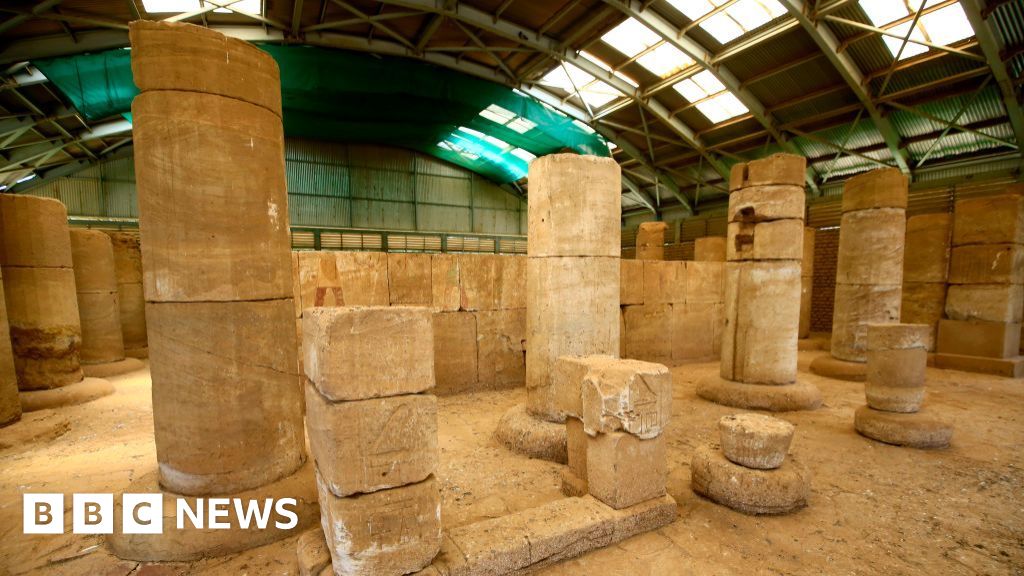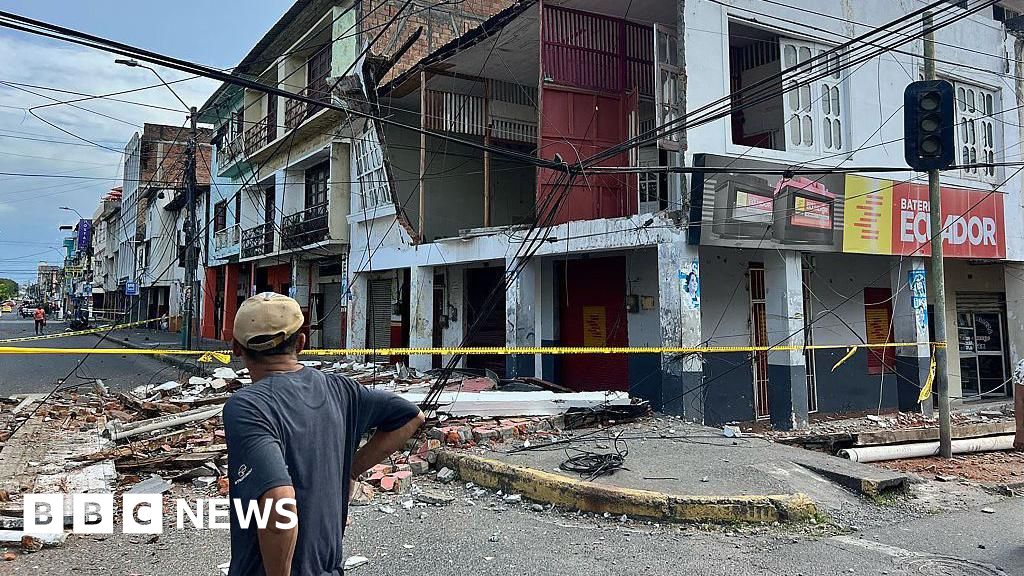Education and Family correspondent, BBC Wales News
 BBC
BBC“It does motivate me to come to college because without it, it would be a struggle,” says 17-year-old Nia from Caerphilly.
She is one of 16,000 sixth-form or college students in Wales who receive the Education Maintenance Allowance (EMA) – a total which is likely to increase from September.
The Welsh government said the EMA’s household income threshold, which has been frozen since 2010, will go up, meaning an extra 3,500 students benefit.
Head of Coleg y Cymoedd – which has campuses in south Wales – Jonathan Morgan, said economic disadvantage had a “huge” impact on education and the uplift was “a step in the right direction”.
Nia, a student at the college in Nantgarw, Rhondda Cynon Taf, said getting the £80 payments every fortnight removed the stress of worrying about money “because I know I’m able to come in with the stuff I need”.
“It does allow me to come to college with essentials that I need such as writing pens, notebooks… and revision resources,” she added.
Because no-one at home is in work, the EMA sometimes helps out with food, she said.
Nia added: “It does encourage me to keep coming to college so I can help out with the household and buy stuff that’s needed, such as bread.”
Roxy, 16, also says the grant helps lift the “financial burden” at home in Trealaw in the Rhondda, where she lives with her aunt, uncle and twin brother.
The allowance is paid directly to her bank account and she says feels “empowered” by it.
“I spend it on food for college and studying materials,” she said.
“I think it gives you more independence and a chance to sort yourself out and dictate what you want and what you’re going to get for yourself.”

The uplift to the household annual income threshold, under which students qualify for EMA, comes after a report for the Welsh government said the number of students claiming the benefit had been falling over several years.
It said that 41% of the 16-to-18 year old student population were receiving the grant in 2015-16 but that was down to 15% by 2022-23.
From the next academic year, the threshold for families with one dependant will go up from £20,817 to £23,400 and for households with two or more dependents it will go up from £23,077 to £25,974.
Jonathan Morgan, principal of Coleg y Cymoedd, said raising the threshold would help more students come to college from September.
“We’ve got a large proportion of learners who come from lower economic backgrounds”, he added.
But at the same time he said many students face losing their free transport because of changes to council policies.
He said there was “more work still to do” in addressing the costs facing college students but called the change to the EMA threshold “absolutely the right thing to do”.
How do I claim EMA?
EMA is a fortnightly payment of £80 to 16 to 18-year-olds who stay on in education after the end of compulsory school-leaving age.
It is means tested and from September 2025 students will qualify if they live in a household where the annual income is £23,400 or less, if they are the only dependant, or up to £25,974 if there are other dependants.
It can be claimed by students in sixth forms or further education colleges studying an academic or vocational course such as GCSEs, A-Levels, BTEC or basic skills courses.
Your sixth form or college can help with the application process.
In April 2023, the allowance went up from £30 to £40 a week.

Victoria Winckler from anti-poverty think tank the Bevan Foundation welcomed the change to threshold saying it had been “arguing long and hard for an uplift”.
“This should be the first step as we think devolved grants and allowances should be regularly reviewed,” she added.
Vikki Howells, minister for further and higher education, called the changes to the EMA “a really generous package” which she wanted to “keep under review annually”.
Acknowledging that travel costs were a challenge for many young people she said it was an area where she was keen to see progress “to help learners to travel to their schools and colleges, to be able to afford to do that and have the infrastructure and that means that public transport is available as well”.

















Leave a Reply